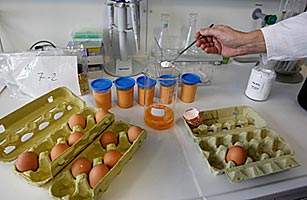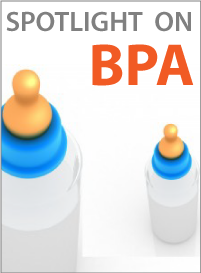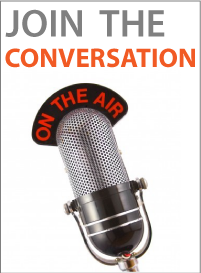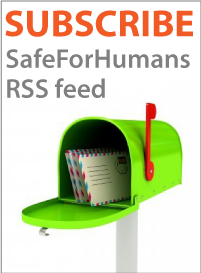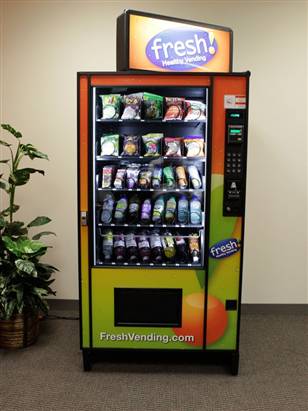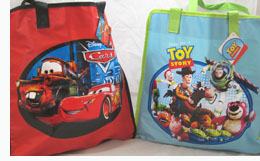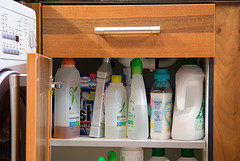This is not breaking news, nor is this the reason I became interested in the issue of toxins in consumer products. This, however, is the article that truly speaks to the crisis in our manufacturing, retail, and consumer protection system. This should never happen.
Summary
In 2006 a 4 year old boy died after ingesting a heart shaped charm. The charm was part of a bracelet that was a free gift with the purchase of Reebok shoes. The particular charm that the boy swallowed was 99.1% lead. (Other similar charms tested had varying amounts of lead, which reveals inconsitstancy in manufacturing.) After the incident, 300,000 bracelets were recalled by Reebok.
Far from an anomaly, the CDC reports that 34% of children under the age of 6 have been "exposed to items containing lead...(which) include candy, folk and traditional medications, ceramic dinnerware, and metallic toys and trinkets." These products often have been manufactured and sold by reputable companies and are supposed to under the watch of the U.S. Consumer Product Safety Commission.
Why does something like this happen? Most likely it is for the simplest of reasons. Reebok's contracted vendor for this particualr batch of charms likely used the cheapest and most available metal, which, at the moment that lot of charms was being produced, probably happend to be lead.
The story of this child reinforces the idea that as consumers, we need to be knowledgeable, aware, and vigilant and cannot at this time rely on the gate keepers of consumer saftey. We also need to pressure our government, and the companies that we buy product from to address this breakdown supply chain safety.
 Thursday, January 13, 2011 at 01:25PM
Thursday, January 13, 2011 at 01:25PM 